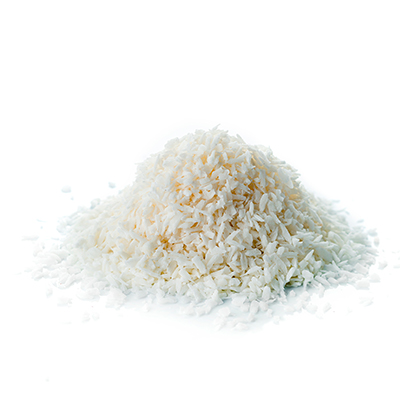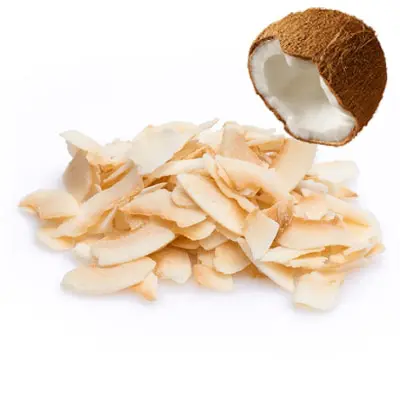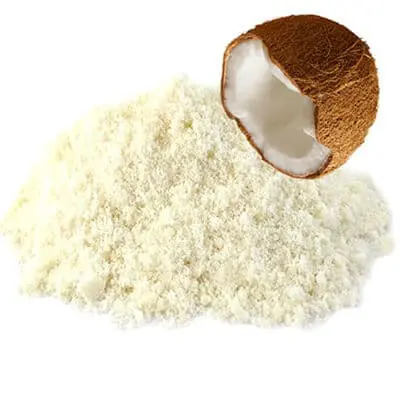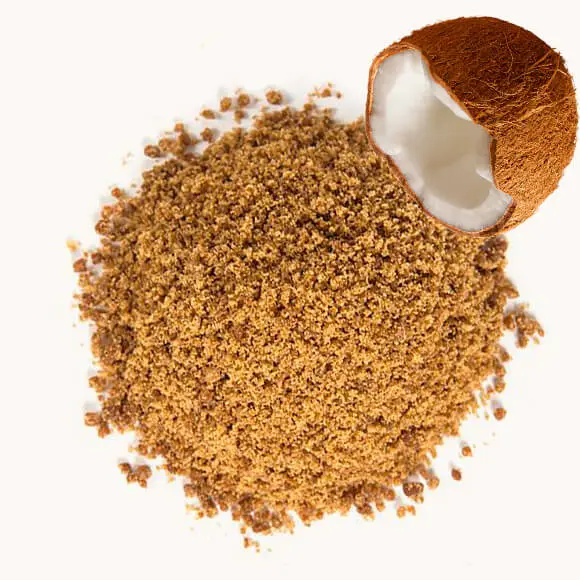The coconut palm (Cocos nucifera) is an image that comes to mind at the mere mention of any tropical location. They can represent everything wonderful and relaxing about a tropical vacation the world over.
Much more importantly, the coconut palm was revered as the ‘tree of life’ by all the cultures in which it was found. Its leaves could be woven into roofing material, its wood could be used as building material for shelter and sea-going boats. The fruit of the coconut palm provides an edible white flesh as well as high-electrolyte water.
These days, we may prefer to use stronger materials than palm leaves to protect us from the elements. But the nutritional value of coconut has become well known and has inspired us to find many different ways in which to incorporate it into our diets: oil, water, milk, cream, as well as the solids being ground into flour, desiccated granules, larger shreds, and coconut chips. Coconut meat is high in fiber and minerals, especially potassium. It is also high in lauric acid, which increases good HDL cholesterol in the blood.
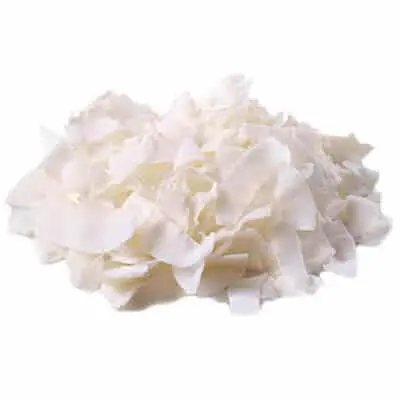
Coconut chips are larger than shredded coconut. While shredded coconut comes in very thin strands, chips are broad and flat, and when roasted, have a texture more akin to a that of potato chips. Their larger size makes them a handy snack item on their own, and a flavorful mix-in for baking.
We can also supply flavored toasted coconut chips, such as chocolate, coffee, etc. Can be made to your formulation.
For more information:
Cracking Coconut’s History
https://www.aramcoworld.com/en-US/Articles/January-2017/Cracking-Coconut-s-History

